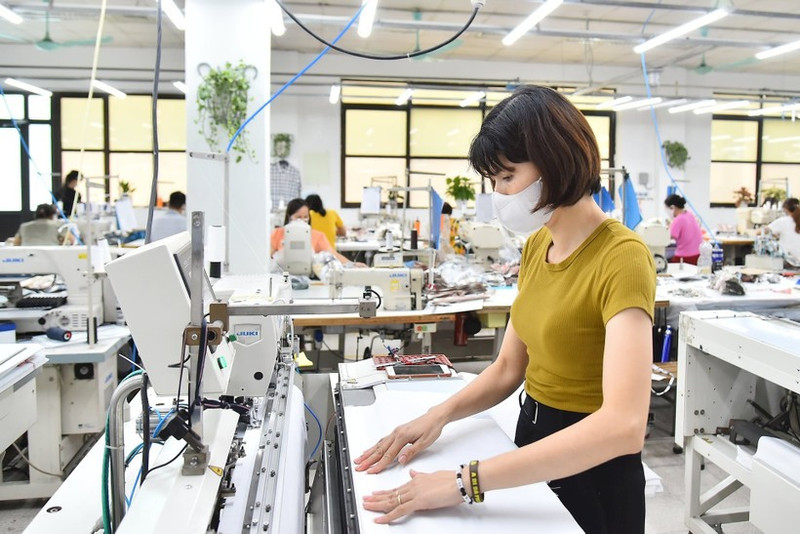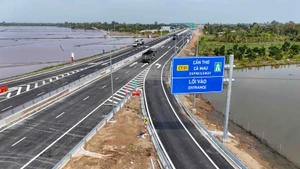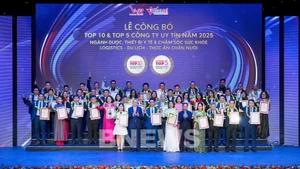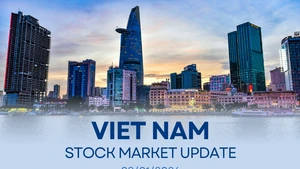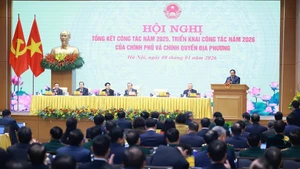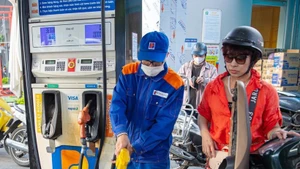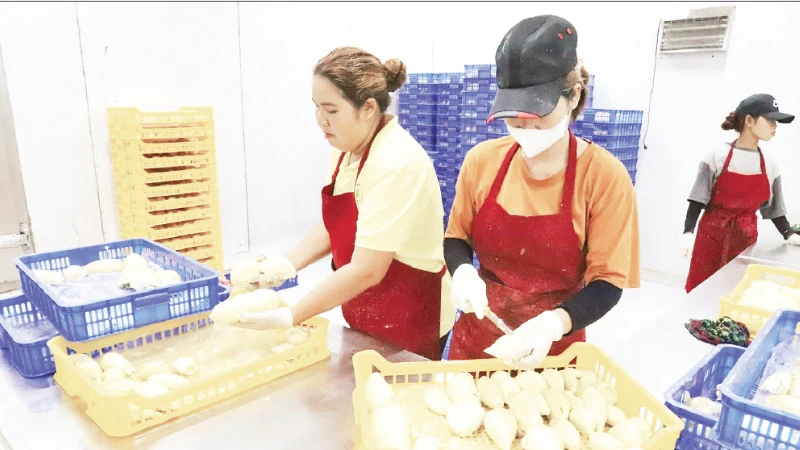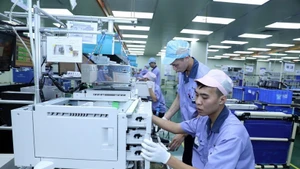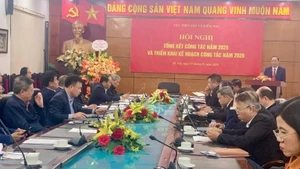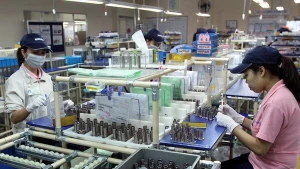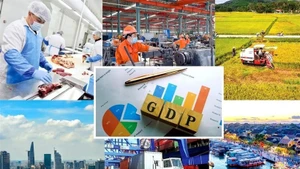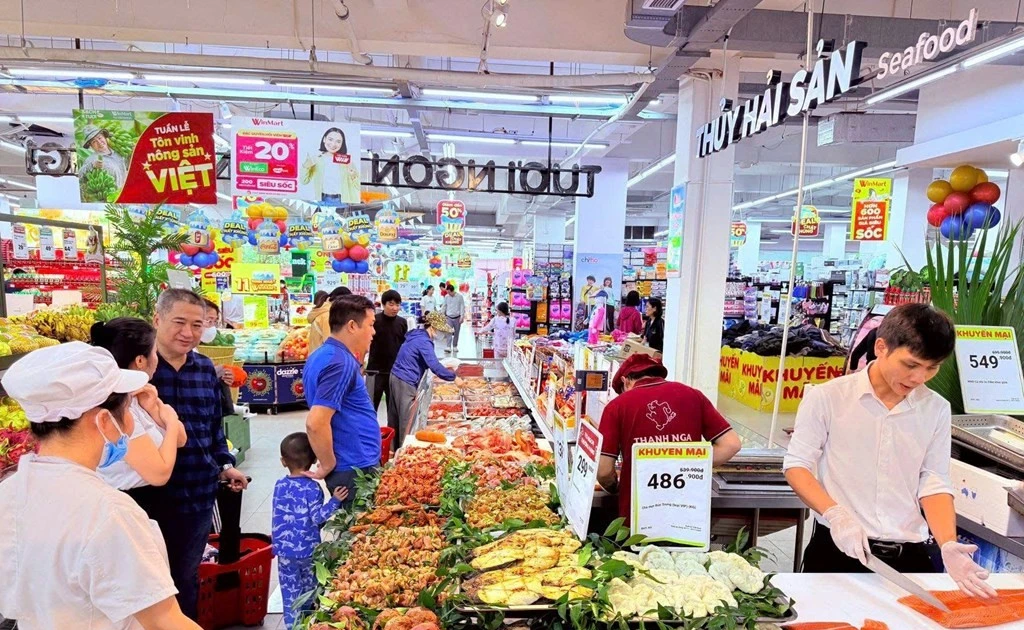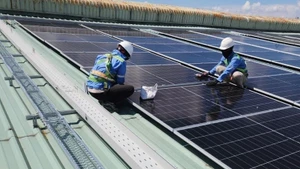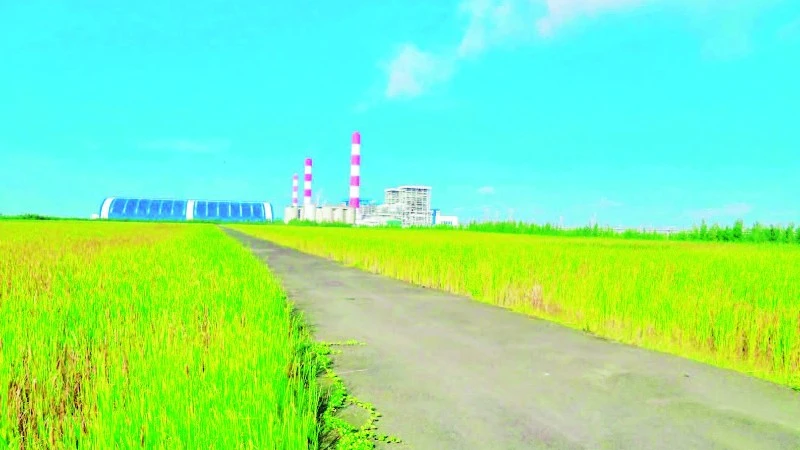A changed rulebook
As climate challenges grow more complex and sustainable development goals risk missing their 2030 deadline, major markets such as Europe, the US and Japan are tightening standards on sustainable production. “Green barriers” like the Carbon Border Adjustment Mechanism (CBAM), along with strict benchmarks such as ISO 14001 (environmental management), ISO 50001 (energy management), Life Cycle Assessment (LCA) and carbon footprint measurement, are now widely used to assess environmental impact.
These regulations directly affect Viet Nam’s key export sectors – textiles, footwear, seafood, wood and electronics. Worryingly, 89% of Vietnamese exporters have yet to meet CBAM standards, underlining the low level of readiness for these new requirements.
For example, Viet Nam’s textile exports reached 44 billion USD in 2024, with nearly 60% bound for markets such as the US, EU and Japan that enforce stringent green standards. Without swift transformation, enterprises risk losing competitiveness.
Worldwide, greening supply chains is viewed as a core strategy for meeting international requirements and national climate commitments. Consumers can choose eco-friendly products, businesses gain credibility and competitiveness, and governments achieve green economic targets. For Viet Nam, deeply integrated into global trade, joining this trend is unavoidable.
Practical obstacles
Greening supply chains requires innovation across every stage – from product design and material sourcing to production, distribution and end-of-life management. For Viet Nam, this is both a way to meet international standards and a chance to enhance national competitiveness.
Some major enterprises, such as Vinatex, have invested in EU-standard wastewater treatment and applied LCA to various product lines. Garment company May 10 reported that digital and green transformation in 2025 alone will cut emissions by 15,000–20,000 tonnes of carbon. Yet most small and medium-sized enterprises (SMEs) remain at pilot stage, constrained by capital, technology and human resources.
For SMEs, barriers include leadership commitment, management knowledge, investment costs, technology capacity, logistics workforce quality and consumer demand pressures. Among these, high upfront investment is the greatest challenge.
In fisheries, for instance, the cost of installing eco-friendly treatment and logistics systems can account for 10–15% of total production costs – a heavy burden for SMEs. Many still view greening as an imposed cost rather than a long-term strategic investment.
To change this perception, the Government has adopted the National Green Growth Strategy (2021–2030, vision 2050) and the National Action Plan on Sustainable Production and Consumption (2021–2030). Beyond strategic direction, Viet Nam is offering support through preferential credit, funding programmes and sponsorship schemes.
A global race
In the US, the Inflation Reduction Act allocates more than 369 billion USD for clean energy and emissions reduction projects. The Securities and Exchange Commission (SEC) is moving towards requiring listed companies to disclose climate risks and greenhouse gas emissions.
The European Green Deal is one of the most comprehensive strategies, aiming to make Europe the world’s first carbon-neutral continent by 2050. It also advances the circular economy, requiring emission transparency, ESG reporting, LCA and digital product passports to trace materials and life cycles.
In Asia, China’s 14th Five-Year Plan integrates green supply chain management, expands its carbon market and promotes green finance. Singapore positions itself as a hub for green logistics, while Thailand and Malaysia focus on sustainable agriculture to sustain exports.
With Viet Nam committed to net zero by 2050, greening supply chains is both a matter of integration and a driver of cleaner production, renewable energy and circular economy practices. Meeting green standards could increase Viet Nam’s textile and agricultural market share in the EU and US by 15–20%.
A team effort
This is not a race that any single runner can win alone. Success requires coordinated effort from all stakeholders.
The Government, as head coach, must create a clear runway through robust strategies. That means a consistent legal framework, clear definitions of “green” criteria, assessment tools, monitoring and enforcement mechanisms. Stronger financial incentives, broader tax breaks and simplified procedures are also essential, alongside training, technology consulting, trade promotion and green branding support.
Enterprises are the core athletes. They must treat this as a strategic marathon, not a short-term sprint. Proactive investment in green technology, workforce training and international-standard management systems can no longer be delayed.
Consumers are the passionate supporters in the stands, applying positive pressure. By choosing green-labelled, traceable products, they push reluctant enterprises towards change.
Securing a “green passport” for every Vietnamese product is, ultimately, about enhancing national standing. The finish line is not merely higher economic growth but a sustainable future, responsible production and a respected “Viet Nam” brand in global markets. From 2025 onwards, the race is both a responsibility and a golden opportunity for Viet Nam’s economy to prove its resilience in the global green transition.
